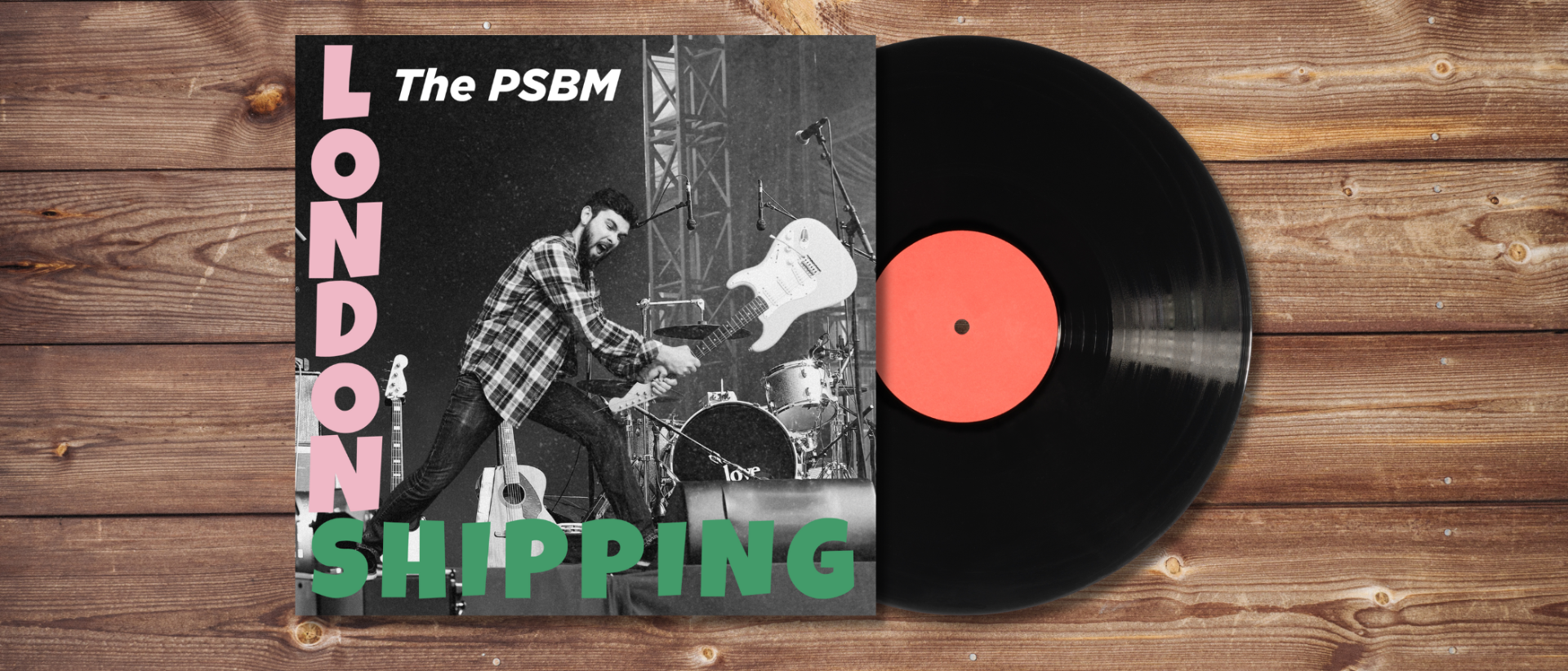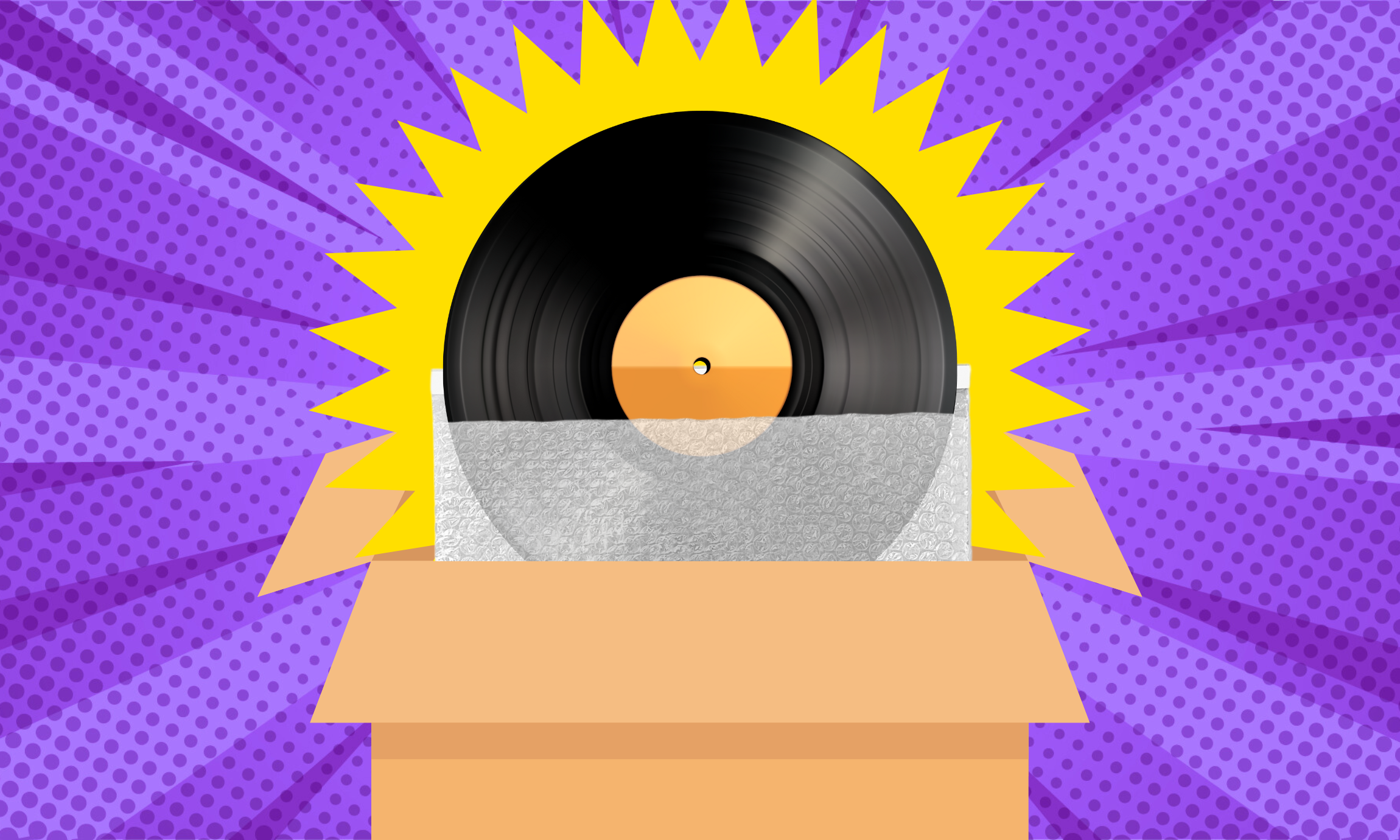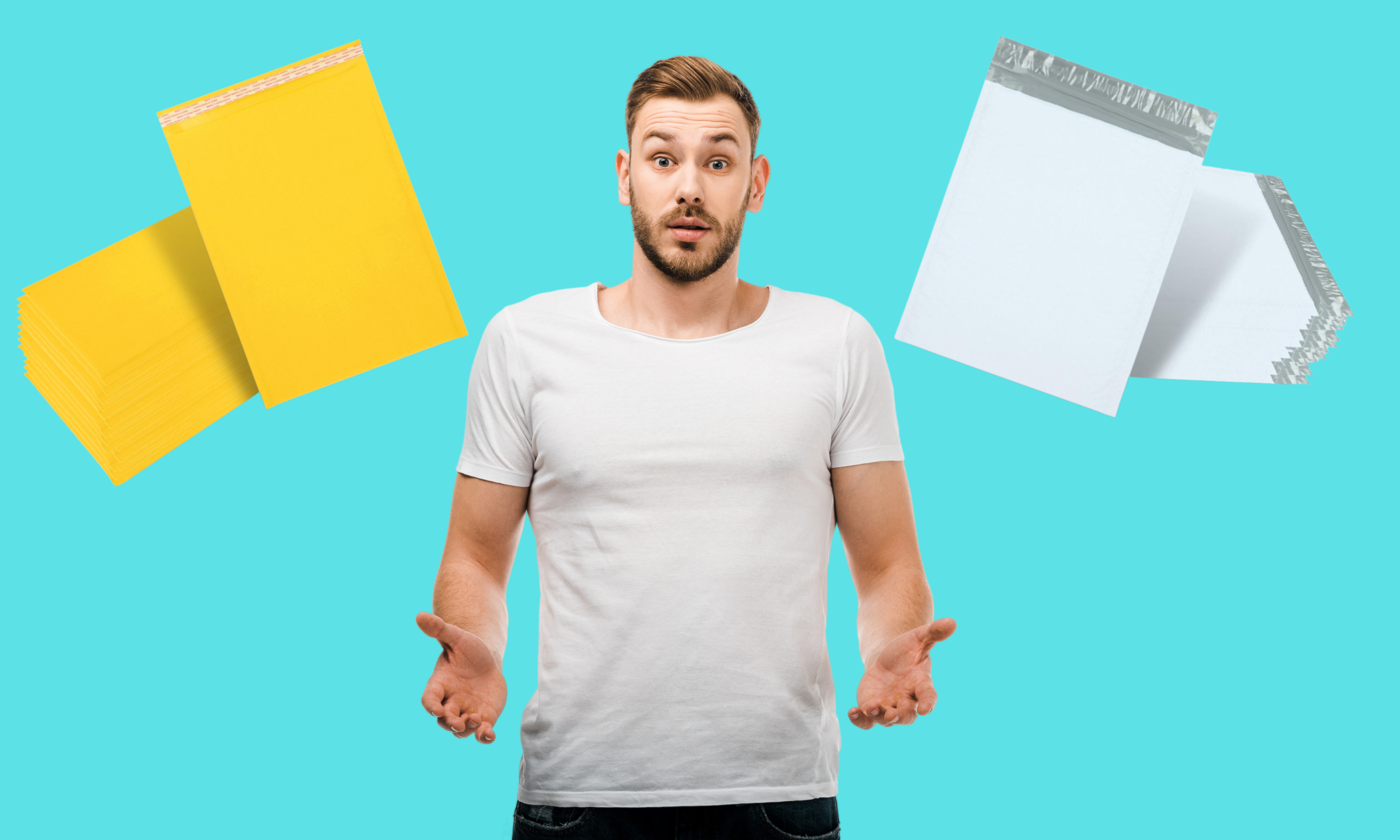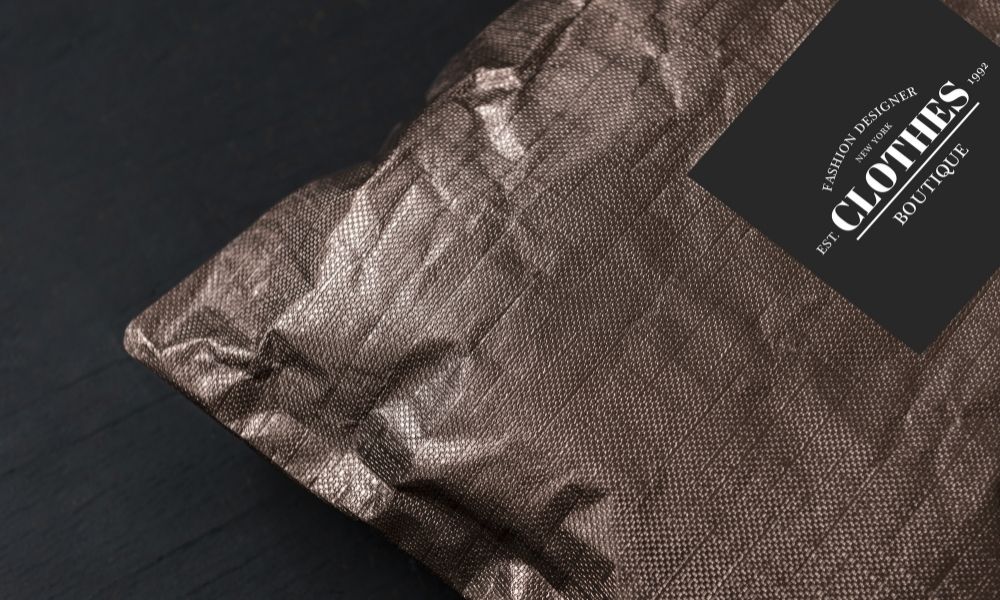Vinyl is back. In fact, as of 2022, vinyl record sales have eclipsed CD sales for the first time in 35 years. In the increasingly streaming-dominated age, physical records have their steadfast appeal with their warm sound and guarantee that they won’t be taken away on a whim.
However, vinyl records are quite fragile. The material is thin, brittle, and can warp when exposed to high heat and pressure. If you plan to send any records in the mail, you need to ensure that they are well-protected against anything that shipping and handling might throw at them. In this blog, we’ll drop the needle on how to mail vinyl records safely and securely.
1. Remove the Record and Clean It
Before you pack your vinyl, you first want to make sure that it’s in good condition. Gently remove the record from its outer jacket, then from its inner sleeve.
To clean your record, take either a dry microfiber cloth or an anti-static vinyl brush and carefully clean the grooves in circular motions in line with the grooves. If additional residue remains, take a clean microfiber, dip it in distilled water, and wipe the record in gentle, circular motions parallel with the grooves. Avoid using tap water, as the fine minerals in the water can lodge themselves in the grooves. Additionally, avoid touching the inner label with a damp cloth.
Finally, let your vinyl air-dry completely, then return it to its inner sleeve and outer jacket.
2. Protect the Outer Jacket
The record itself isn’t the only fragile object being shipped. While made of strong and rigid kraft paper material, the outer jacket (or cover) is still liable to bend and weaken when exposed to pressure and moisture.
First, place the outer jacket in a plastic sleeve, specifically one that’s slightly larger than the jacket itself. Our reclosable and resealable poly bags are perfect for this. The standard LP cover is around 12.5” x 12.5” (31.75cm x 31.75cm), so a 13” x 15” (33.02cm x 38.10cm) or 14” x 20” (35.56cm x 50.80cm) poly bag would be ideal.
Second, protect the corners. The corners of LP covers are arguably the most likely to suffer damage in shipping and handling. For this, you can purchase a set of corner protectors and slip them into place. If you’re in a pinch, you can cut off the corners of some photo mailers and slip them on.
Finally, avoid using bubble wrap. This may seem counterintuitive, but this air-filled, flexible material can potentially bend and crease the album cover, much to the chagrin of the album's recipient.

3. Pack It Carefully
With the cover placed in a flat plastic bag and the corners protected, we can now get into packing the record.
One method involves using rigid photo mailers. Since you’re layering here, choose a mailer that’s slightly larger than the poly bag holding the record. For instance, if your record is in a 13” x 15” (33.02cm x 38.10cm) poly bag, place that poly bag inside of a 13” x 18” (33.02cm x 45.72cm) photo mailer, then seal it.
If you’re especially concerned with the fragility of your vinyl, you can’t go wrong with a cardboard box. A 14” x 14” x 14” (35.56cm x 35.56cm x 35.56cm) box will do the trick, and sandwiching the record between two pieces of cardboard will provide additional protection against bending. Then make sure you fill any and all empty space with cushioning material, such as cardboard filler, bunched up newspaper, or packing peanuts. Furthermore, the additional volume will allow you to ship multiple records at once. Finally, don’t forget to seal your box with some heavy-duty packing tape.
Alternatively, you can purchase an LP mailer. These are available in standard vinyl sizes and are custom-made to keep records safe during shipping and handling.
4. Track and Insure It
Even with all the precautions you can take, any number of unpredictable factors can keep your record from arriving at its destination on time and intact. Thankfully, you’ve got plenty of options to keep tabs on your shipment.
USPS Media Mail is great for shipping flat media, such as books and vinyl records. For a small fee, you can insure your shipment and request its tracking information. Alternatively, FedEx and UPS can offer expedited shipping times, as well as insurance and tracking for your records.
How Much Does It Cost to Ship a Vinyl Record?
Despite their fragility, vinyl records are lightweight and lie flat, which helps in greatly reducing their shipping costs.
USPS Media Mail starts at $4.13 and has a maximum weight of 70 lbs (31.75 kg). UPS and FedEx can cost more, especially if you’re using a next-day delivery service or something similar.
On the Flip Side
There’s a lot that goes into packaging and shipping vinyl records, but that’s no surprise. Vinyl records are not just fragile, they can also be highly valuable. Rare pressings can conduct prices upwards of thousands of dollars online. Therefore, retailers and collectors need to know how to mail vinyl records with all the necessary precautions to ensure their goods can endure the rigors of shipping and handling unscathed. That way, the rich, analog legacy of vinyl records can continue to withstand the test of time.
For more information on packaging methods, we have an article about the factors you should consider when packaging a product.









